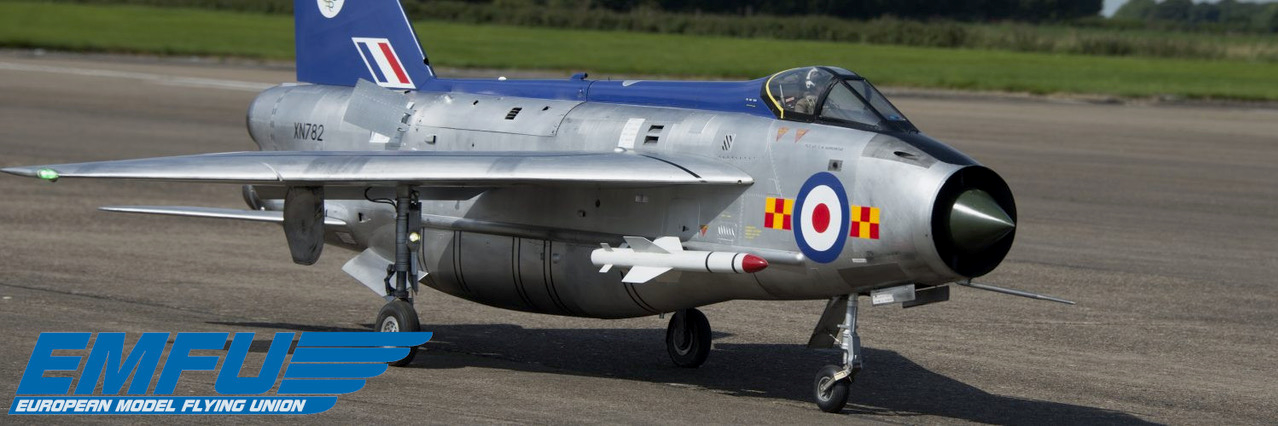The new EU legislation requires producers of unmanned aircraft to certify these aircraft before they can be sold in the EU. The EU’s Delegated Regulation sets out the certification classes and the requirements for certification in each of these classes. A good summary table of these classes and their requirements can be found here. More information on the various drone categories can also be found on the EASA homepage.
In most Member States the certification class is unlikely to be relevant for the operation of the aircraft “in the framework of model aircraft clubs and associations“. The aircraft’s certification class does however determine where and how an unmanned aircraft can be used under the open category. For model aircraft pilots, the most relevant classes are C4 and “privately built”. Small model aircraft (<250gr and speed <19 m/s) may also fall under class C0. Note that indoor operations, and aircraft that are only to be used indoors, are excluded from the scope of the EU legislation. An overview table of the use requirements under the open category for the various categories is set out at the bottom of the page.
Producers of model aircraft will need to obtain the class C4 certification and label their aircraft accordingly, unless the aircraft is aimed to be “privately built”. The EU legislation defines “privately built unmanned aircraft systems (UAS)” as “a UAS assembled or manufactured for the builder’s own use, not including UAS assembled from a set of parts placed on the market by the manufacturer as a single ready-to-assemble kit“.
There are two important elements to this definition: “the builder’s own use” and “single ready-to-assemble kit”. The first means that the kit is aimed at the end-user, who will build and fly the plane. The latter means that everything to make the system operational is included in the single kit box. Our interpretation is that this includes not only the airframe, but also the radio and battery. This means that only model aircraft kits that have all elements required to operate the aircraft within the kit are not classified as “privately built” and should thus have a C classification.
What does this mean in practice for model aircraft? Our interpretation is as follows:
Ready-to-fly (RTF) kits: if not only the airframe, but also the radio and battery are included in this kit, then it is likely that the kit will need certification under class C0 or C4. The pilot will need to comply with the use requirements of those categories if he or she intends to operate his plane under the open category. If only the airframe is included in this kit (but not the radio and battery) then it may be classified as “privately built”.
Bind and Fly (BnF) kits: these kits typically come without transmitter and battery and should thus in principle be considered as “privately built”. Authorities may however want to classify kits that work with commonly available “transmitters”, such as a mobile phone, and where no further programming is required as a kit that requires certification.
Almost Ready-to-Fly (ARF) kits: these kits typically only contain the airframe, without servos, motor, radio and battery and should thus be considered as “privately built”.
Building services: in some higher value model aircraft segments it is common for manufacturers or dealers to provide a “building service” that provides the plane ready to fly with receiver, and sometimes even the necessary programming and transmitter. In our interpretation, such services are an additional to the sale of the airframe and should thus not affect the classification of the aircraft as “privately built”.

